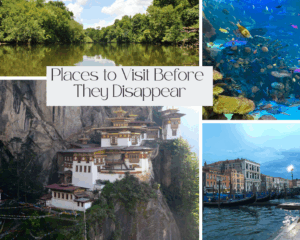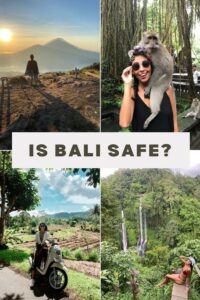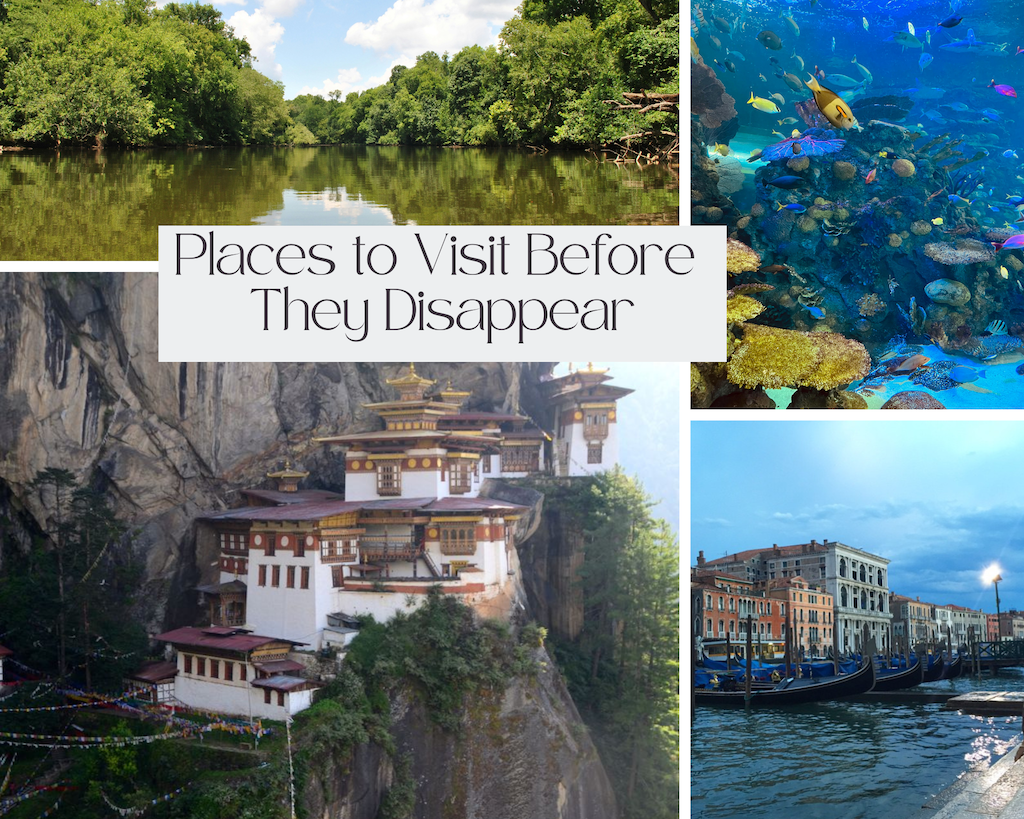
Some places hit you like poetry. The kind that wraps itself around your senses and stays there long after you’ve turned the page.
You feel it in the quiet lap of water along the Venetian steps, the prayer flags dancing in the winds of Bhutan, or the riot of color under the Australian sea. These aren’t just destinations—they’re experiences etched in time.
But the truth is, time isn’t standing still for any of them.
Climate change, industrial impact, and shifting ecosystems are reshaping the very places we go to feel more alive. That doesn’t mean we stop going. It just means we go more intentionally. It means we give something back, even as we take in the wonder.
Here are some of the most awe-inspiring corners of the world that deserve a spot on your travel map, before they change in ways we can’t reverse.
Venice, Italy: A City on Water and Borrowed Time
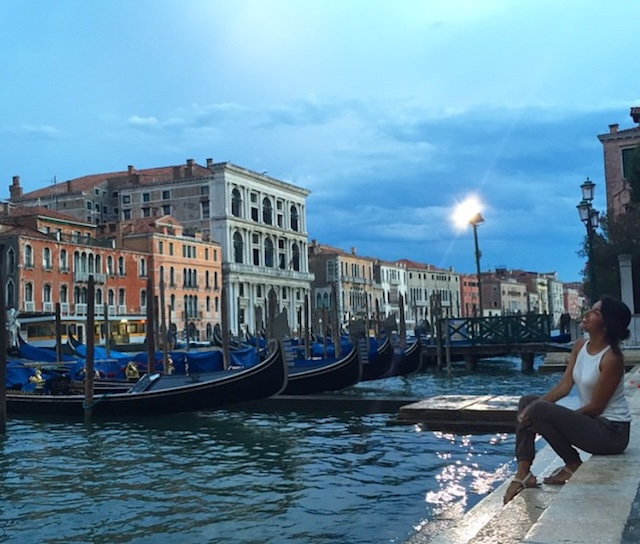
Venice doesn’t feel real when you first arrive. It’s all pastel reflections and narrow alleyways echoing with the sound of lapping water.
There’s a reason millions of people visit each year. It harbors the kind of beauty that’s utterly spellbinding.
But this floating masterpiece is slowly sinking. Sea levels in Venice have risen over a foot since the late 1800s.
In 2019, record tides flooded over 80% of the city. The flooding has become so severe, scientists suggest that parts of Venice could be uninhabitable by the end of this century.
Still, the city endures. Travelers continue to ride the gondolas past sun-drenched palazzos, sip espresso in tucked-away cafes, and marvel at St. Mark’s Basilica.
Visiting now means supporting a local economy that’s working tirelessly to preserve the city’s delicate infrastructure.
Venice may be sinking, but its spirit floats on, unapologetically and beautifully.
Bhutan: Where Happiness Has a Zip Code
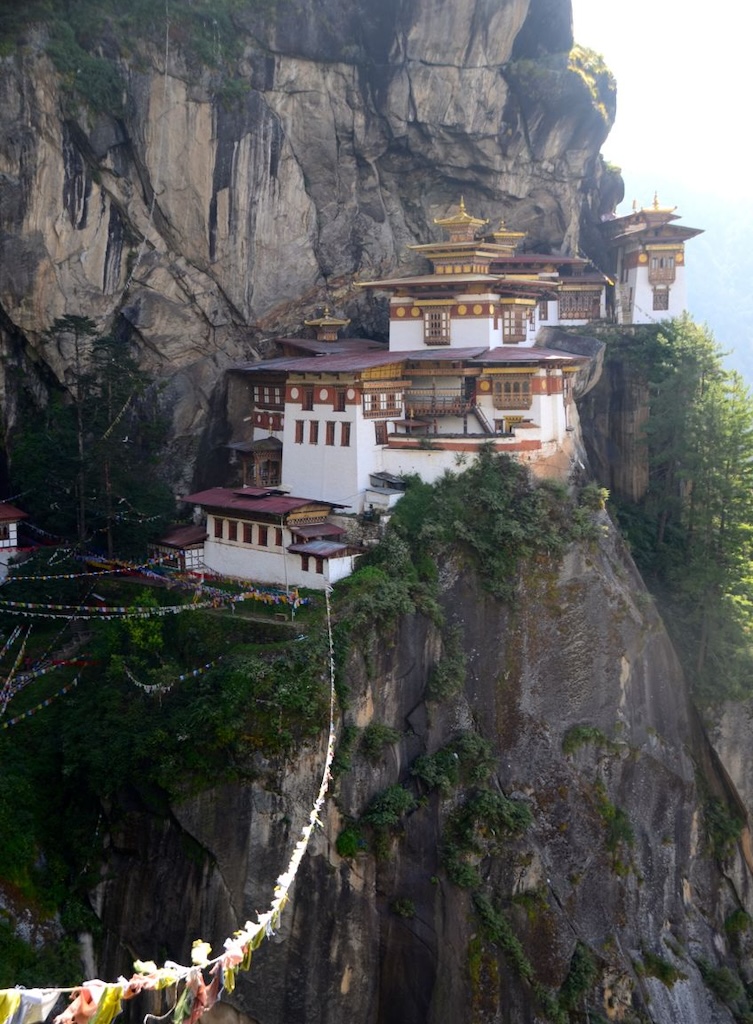
Bhutan in South Asia is unlike anywhere else. It’s a kingdom where gross national happiness is a real thing, and where the mountains feel like they’re whispering something ancient and sacred.
The country protects over 70% of its land with forest cover and remains one of the few carbon-negative nations on Earth. But even this eco-conscious paradise isn’t immune to change.
The World Bank states that Bhutan’s rising temperatures are triggering critical glacial melt, which threatens biodiversity as well as local communities. Forest fires, landslides, and water shortages are also becoming increasingly common.
Yet, the spirit of Bhutan is unshakable. Hiking to the Tiger’s Nest monastery or sharing tea with locals in Paro feels like time travel in the best way.
By coming here, respectfully and responsibly, you’re not just exploring a breathtaking country. You’re helping protect a model of how tourism can uplift rather than deplete.
Cape Fear, NC: Beauty That’s Fighting Back
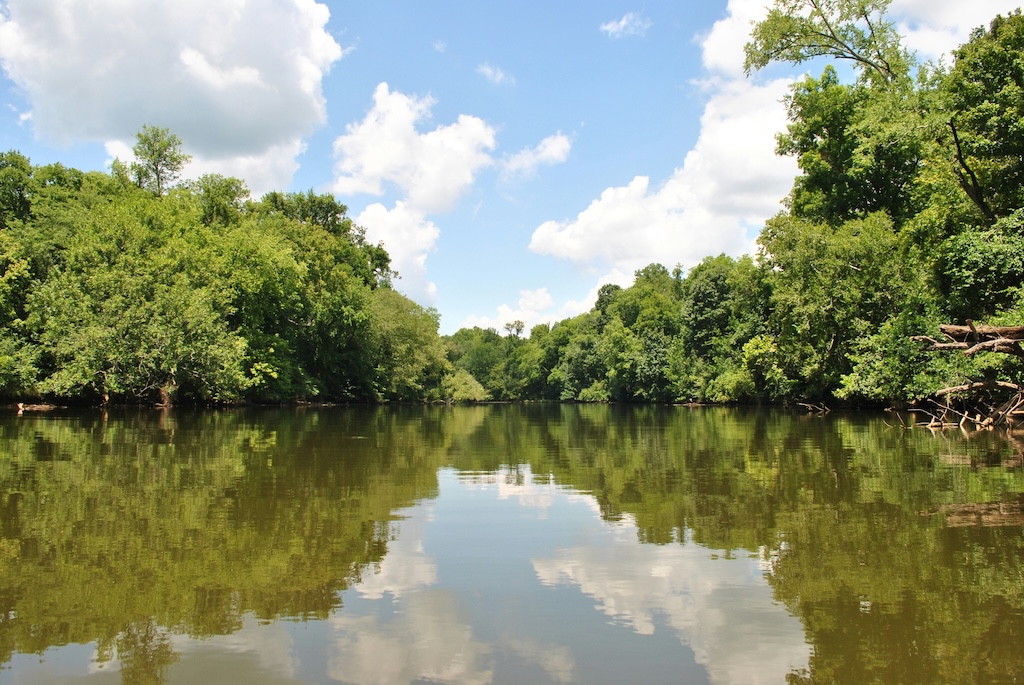
With its sleepy beaches, moss-draped oaks, and hidden waterways, Cape Fear feels like a secret you’re lucky to be in on.
But beneath its tranquil surface lies a long battle with contamination that puts it all at risk. The Cape Fear River was found to be one of the many sites containing PFAS, also known as “forever chemicals” because of their resistance to breaking down.
The EPA announced that the river’s contamination levels became a national issue in 2017, and the AFFF lawsuit has shone a more recent spotlight.
Aqueous film-forming foam (AFFF) is a firefighting foam containing the PFAS chemical compound. It’s this compound that’s been linked to several health issues, like cancer and thyroid disease.
According to TruLaw, over 10,000 firefighting foam lawsuits have been filed in connection with toxic PFAS exposure. What’s more, plaintiffs are alleging that manufacturers knew the risks but failed to warn the public about their product.
Run-off from AFFF firefighting foam is what leads to huge sections of soil and groundwater becoming contaminated, and several plans are underway to address this.
But Cape Fear is more than its headlines. It’s where you can paddle through blackwater swamps, explore historic Wilmington, and stand on shores that have weathered centuries of change.
Coming here, supporting the local initiatives, and spreading awareness is a quiet but meaningful act of solidarity with the people—and places—fighting for their future.
The Great Barrier Reef: A Kaleidoscope on the Verge
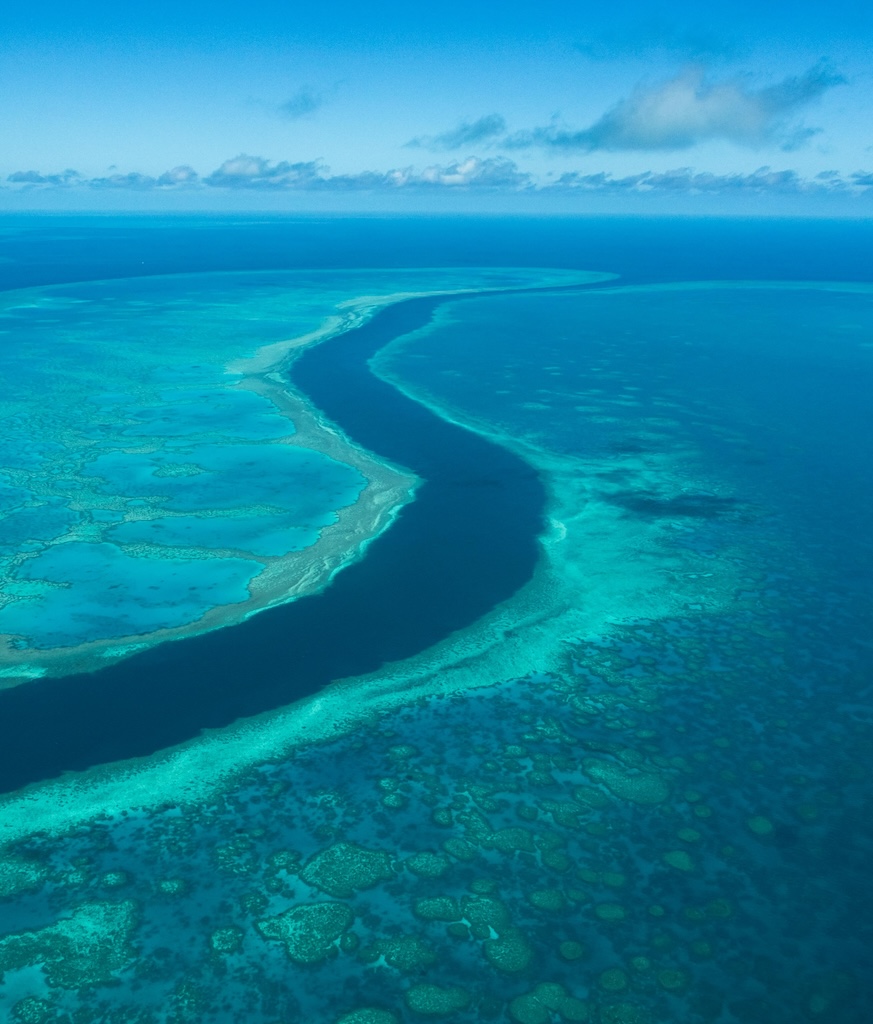
There are few experiences more life-altering than swimming through the Great Barrier Reef in Australia.
It’s like being dropped into a living dream of an underwater cathedral made of neon coral and darting sea creatures. But that dream is under threat.
In early 2024, a devastating bleaching event affected 66% of coral colonies by February. By April, the damage had reached over 80%, with some areas of the reef reporting 95% mortality.
It’s the fifth mass bleaching event in just eight years, which is a point of concern for many conservationists
And still, there is wonder. The reef stretches over 1,400 miles and is home to 9,000 species, many of which continue to thrive despite the adverse conditions.
Divers and marine biologists are rallying to preserve what remains and regenerate what’s been lost.
Choosing to visit with a reputable, eco-minded travel tour can help fund reef restoration while giving you a glimpse into one of the most extraordinary places on the planet.
Still Here, Still Standing
There’s something sacred about bearing witness to a place of beauty just before the world changes it. Not because it’s vanishing, but because it’s still here. Still shimmering with stories, colors, and textures that haven’t yet been dulled by time or tide.
These places aren’t just travel stops. They’re living, breathing portraits of humanity and nature at their most breathtaking.
From the sun-drenched canals of Venice to the glass-clear waters near Cape Fear, each destination on this list offers a kind of magic that can’t be replicated.
Bhutan’s sky-piercing monasteries still whisper ancient wisdom. The Great Barrier Reef, though fragile, still blooms with otherworldly color beneath the waves.
They all remind us what it means to be small in the face of beauty… and lucky enough to see it while it’s here.
Although human action has pushed these wonders closer to the edge than we’d like to admit, all is not lost. The warning signs are here, but so is the chance to do what we can to preserve it.
Book the trip, wander the winding alleys, snorkel the reefs, breathe the clean mountain air. But most of all, let these places move you to care.
Care enough to learn, to tread lightly, to advocate when it matters. They won’t be here in the same way forever, but maybe if we let them change us, we’ll help keep a part of them alive. Still vast. Still glorious.


